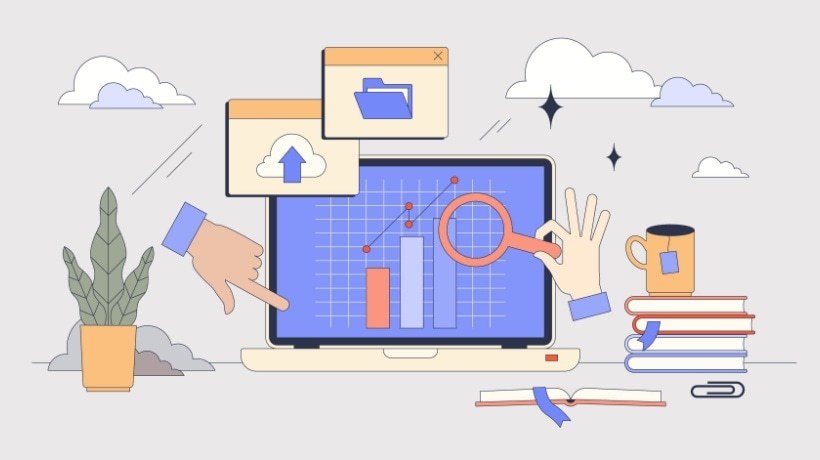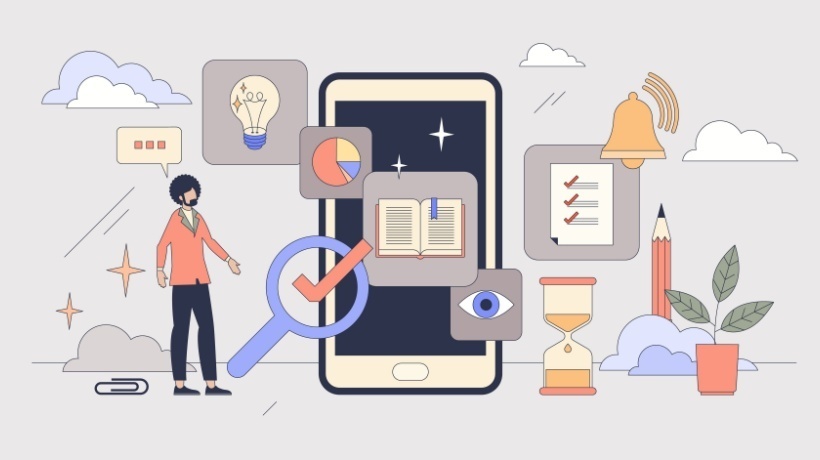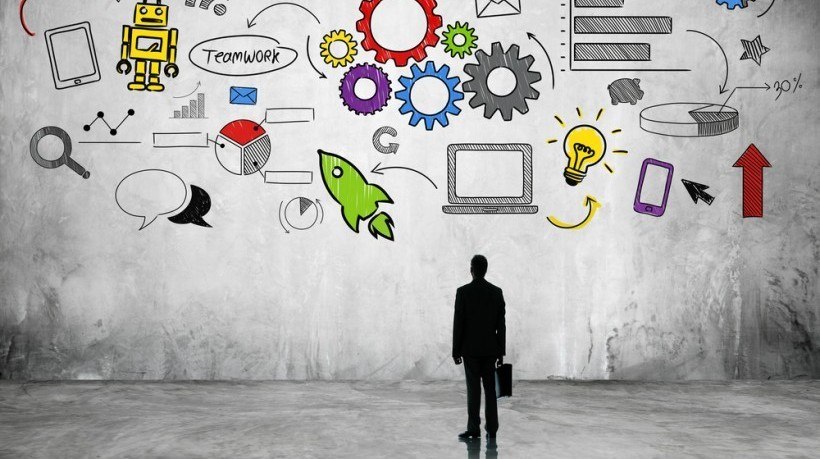Small Lessons, Big Impact: The Shift In How We Learn At Work
The way people learn at work is changing. The era of long, classroom-style training sessions or hour-long eLearning courses is fading fast. Today, teams need learning that is as fast and flexible as the pace of their day, and that's where microlearning for workplace learning steps in.
Microlearning delivers training in small, focused bursts designed to be consumed in the flow of work. Instead of sitting through a 90-minute module, team members might watch a 2-minute video, answer a scenario-based question, or read a short interactive guide. The result? Faster adoption, better retention, and learning that actually sticks.
What makes this shift so important is not just convenience, it's necessity. Retailers, restaurants, and fast-moving consumer brands can't afford to have teams spend hours away from their roles. With constant product launches, new technologies, and evolving customer expectations, learning has to be quick, relevant, and repeatable.
Why Microlearning For Workplace Learning Works
Shorter Attention Spans, Higher Retention
Research shows that people forget up to 70% of information within 24 hours of traditional training. Bite-sized learning combats this by delivering just what's needed, right when it's needed. Instead of overwhelming learners with everything at once, it builds knowledge step by step, reinforcing it over time.
Learning In The Flow Of Work
Microlearning doesn't pull people away from the floor or the office for hours at a time. It integrates into daily routines—reinforcing behaviors while work is happening. Imagine a store associate learning how to set a new display with a 90-second video while unboxing products, or a manager practicing a coaching technique with a quick scenario on their tablet right before a team huddle. That immediacy makes the learning stick.
Scalable And Flexible
Whether it's onboarding, compliance, product knowledge, or leadership skills, microlearning can be rolled out across global teams quickly and easily. Because it's modular, content can be added, removed, or updated without rewriting entire programs. This makes it ideal for fast-changing industries like retail, hospitality, and consumer brands where processes and products evolve constantly.
Data-Driven Impact
Traditional training often leaves leaders wondering: did it work? With microlearning, organizations can measure completion rates, quiz scores, and even direct performance outcomes tied to specific modules. Because content is broken into smaller chunks, it's easier to see which topics drive knowledge and behavior change. This makes training investment more targeted and more effective.
Why It's The Future
Modern organizations are moving toward continuous learning cultures. Instead of treating training as a one-time event, they see it as a journey—one that evolves alongside business needs. Microlearning is the natural fit for this shift. It creates learning that is:
- Accessible
Available anytime, on any device, so team members can learn on their schedule. - Actionable
Directly tied to real behaviors and outcomes, not abstract theory. - Sustainable
Easy to refresh, repeat, and reinforce, ensuring knowledge doesn't fade.
This approach also aligns with how people consume information outside of work. We live in a world of podcasts, short videos, and quick how-to articles. Employees expect the same simplicity and relevance from workplace learning. Microlearning meets them where they are.
Bringing Microlearning For Workplace Learning To Life
The best microlearning isn't random—it's intentional. It's tied directly to business goals and designed to solve real problems. For example:
- A hospitality group can use microlearning for five-minute pre-shift refreshers on service standards.
- A retailer can deliver just-in-time learning modules when new products arrive.
- A restaurant brand can reinforce leadership behaviors with quick weekly practice scenarios.
In each case, the design principle is the same: keep it short, keep it relevant, and deliver it in the flow of work. We've seen microlearning transform how organizations onboard, train, and sustain performance. It's not just about content delivery—it's about creating habits, building confidence, and enabling people to execute consistently across every store, team, or location.
The Bottom Line
Great strategies fail without great execution, and execution depends on people. Microlearning ensures teams aren't just "trained"—they're equipped, engaged, and ready to deliver results. The future of eLearning isn't about more content. It's about smarter, shorter, more impactful learning moments. And those moments, stacked together, create lasting change.









